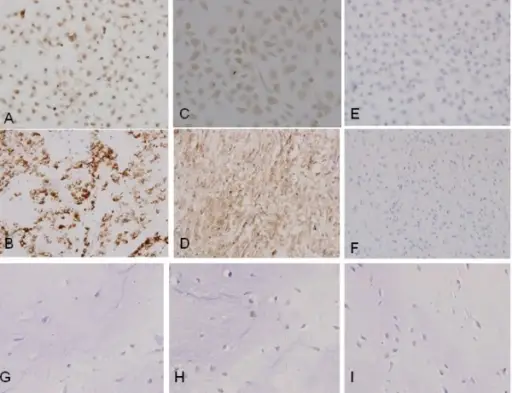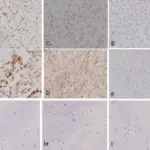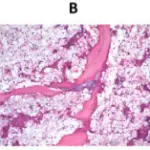Osteochondromas are an overgrowth of cartilage and bone that happens at the end of the bone near the growth plate.
What is the Pathology of Osteochondromas?
The pathology of osteochondromas is:
-Etiology: The cause of osteochondromas is associated with loss of function mutations in EXT1 (8q24) and EXT2.
-Genes involved: EXT1, EXT2.
-Pathogenesis: The sequence of events that lead to osteochondromas involves abnormal outgrowth of bone and cartilage, associated with the aberrant development of the growth plate.
-Histology: The histology associated with osteochondromas shows a cap composed of mature hyaline cartilage with an overlying fibrous perichondrium.
How does Osteochondromas Present?
Patients with osteochondromas typically affect males in the first two decades of life. The symptoms, features, and clinical findings associated with osteochondromas include a hard immobile painless palpable mass, adjacent muscle soreness, and pressure or irritation with heavy exercising.
How is Osteochondromas Diagnosed?
Osteochondromas are diagnosed by radiography, CT scan, MRI, as well as biopsy of the lesion.
How is Osteochondromas Treated?
Osteochondromas are treated by surgical excision.
What is the Prognosis of Osteochondromas?
The prognosis of osteochondromas is good with malignant transformation occurring in <2% of patients.



